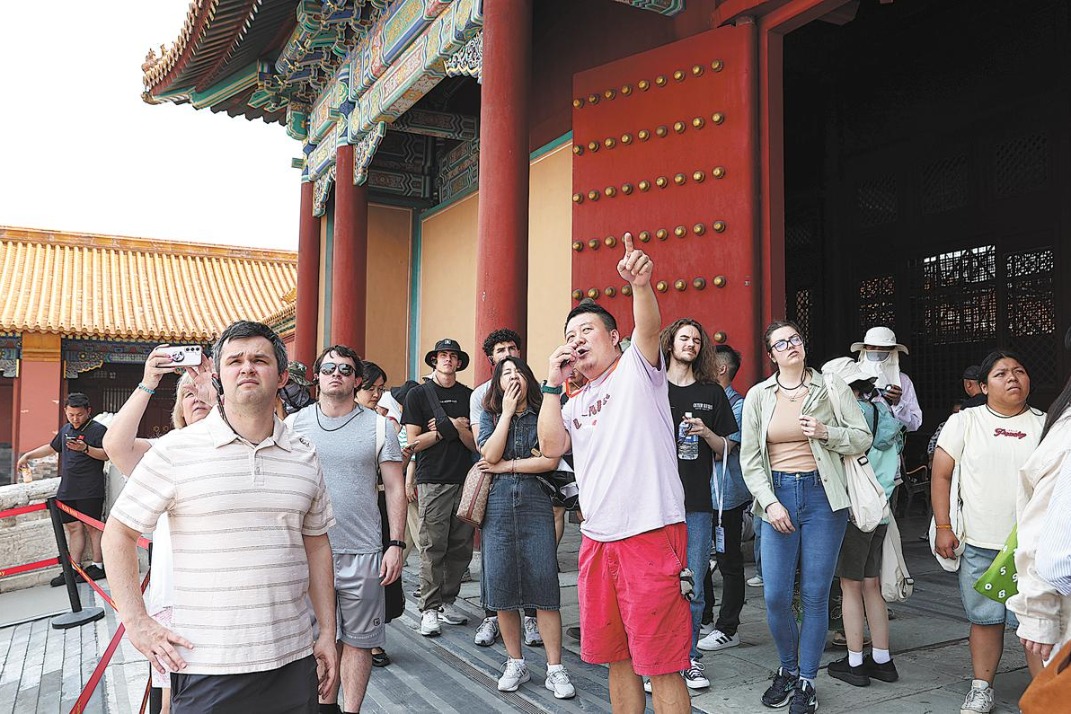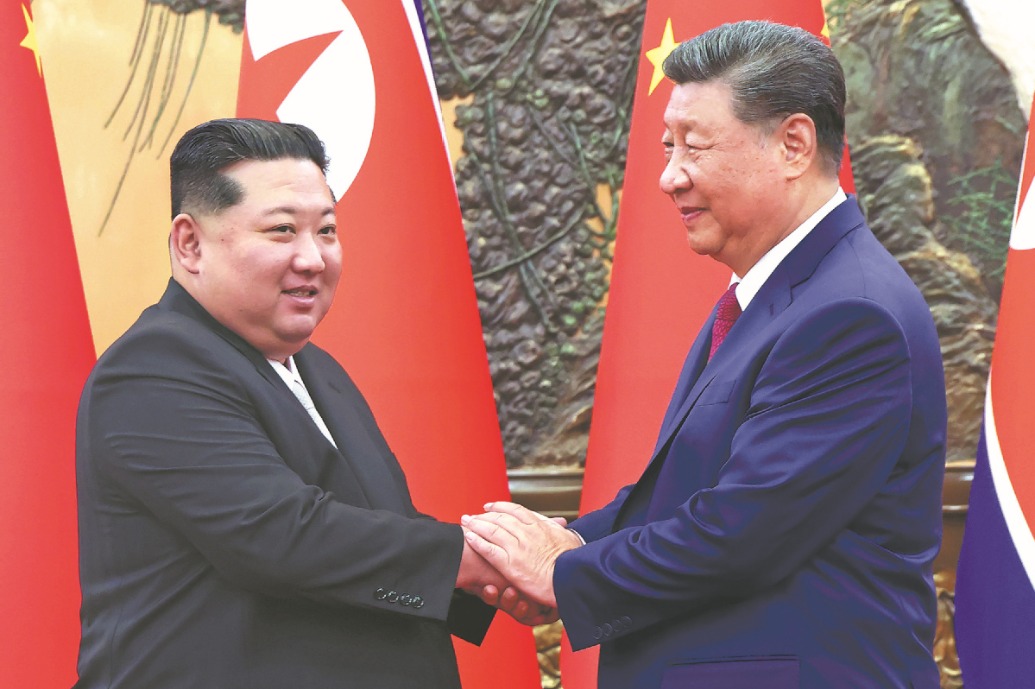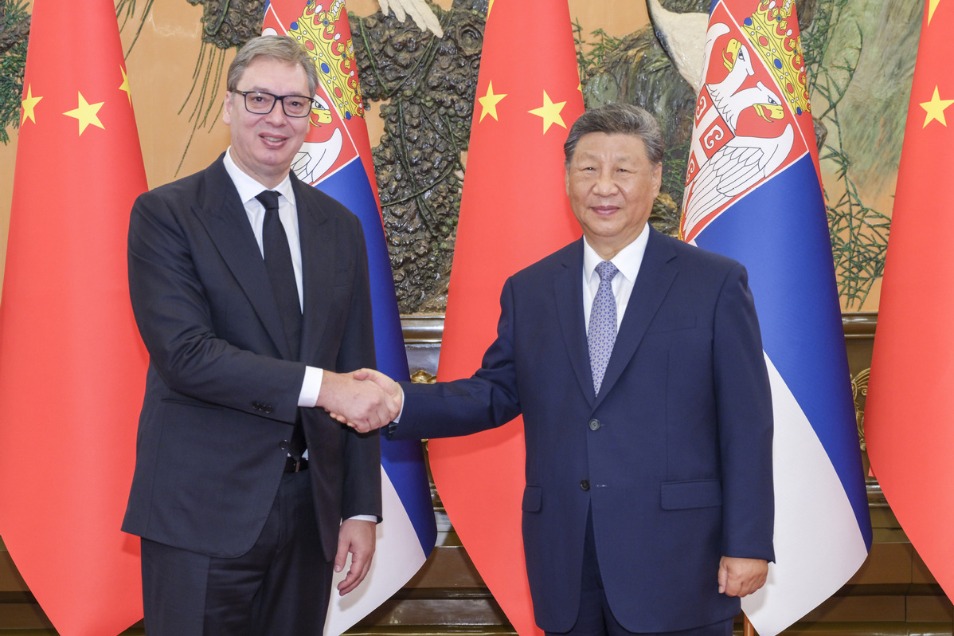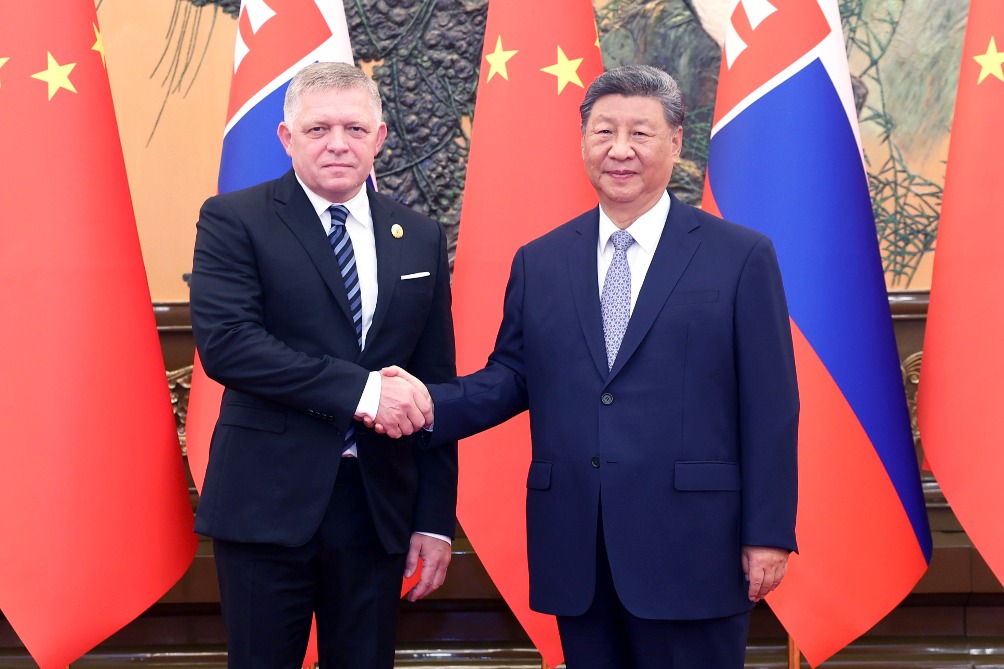BMW's color innovations align with sustainability efforts

The seven-second marketing rule posits that humans need only seven seconds to decide if they are interested in a product, with 67 percent of this decision-making process based on color — a key element that captures immediate attention.
This notion is particularly relevant in the automotive sector, where visual appeal is often the foremost consideration for consumers contemplating a purchase.
In the realm of car design, professionals integrate shapes, proportions, lines and the adept application of CMF, which stands for color, material and finishing, to craft a comprehensive sensory experience, with color standing out as the most influential aspect.
For BMW designers, this principle is crucial as throughout its history the German premium automaker has created over 1,000 different colors for its car bodies, even developing distinct color strategies for each product line. Within a single color category such as blue, BMW offers a dozen different shades.
"Colors on BMW vehicles are not just mood enhancers but also a statement of your personality," said Gou Tao, a product expert at BMW, at the Fourth BMW Group China Sustainable Development Summit in Beijing on Thursday.
Gou recalls being most impressed by the fourth-generation BMW 7 Series after graduating. Unlike other large luxury cars, which typically offer a limited color palette, this model stood out with its champagne color, adding a unique touch to the flagship vehicle.
Today, customers can choose from over 150 personalized paint options to align with their aesthetic and emotional preferences, Gou said.
BMW is also exploring technological advancements to allow colors to change at will. Two years ago, the company showcased E-ink technology on the BMW iX, enabling instantaneous color changes with the push of a button, mirroring the user's emotions.
BMW's color innovations align with their sustainability efforts.
Wu Di, an engineer of the painting workshop at BMW Shenyang Production Base, said the painting process demands significant energy and resources, prompting BMW to use eco-friendly water-based paints with 46 percent water content and only 9 percent volatile organic compounds, which are also more friendly to the health of workers and customers.
Since 2013, BMW's Integrated Paint Process in China has utilized a 360-degree electroplating pool, conserving approximately 15 percent more water. By combining the primer and topcoat layers, BMW has streamlined its painting steps, reducing energy use by 15 percent.
BMW's Shenyang Production Base in Northeast China's Liaoning province exemplifies low-carbon production via meticulous water and energy conservation. Initiatives such as expanding wastewater treatment and reuse have led to a six-year decline in water consumption, dropping to 1.72 cubic meters per vehicle in 2023 from 2.47 in 2018.
Additionally, the powertrain factory achieved zero waste-to-landfill in 2023, with all vehicle assembly plants aspiring to reach this goal within the year.
"Sustainability is a must-have for us as a premium brand," Sean Green, president and CEO of BMW Group China, said at the sustainable summit in Beijing last week. He emphasized, "At BMW, it's never just about technology; it's technology married with art, nature and culture."
BMW incorporates integrated solutions in product design and development, given that around 80 percent of a product's environmental impact is determined during the design phase. CMF plays a pivotal role in this process, catering to consumer demands for both functionality and aesthetics while enhancing environmental consciousness.
Recently, the auto industry focuses more on innovative, resource-efficient materials than ever before. This is central to BMW's efforts in sustainable design and material exploration. The brand is advancing high-quality, eco-friendly materials, including "vegan" leather, bio-based substances and natural fibers. For instance, Veganza, a material free of animal products, is used for the seats of the electric BMW i5. Verdana, a petroleum-free vegan material, is featured on the door panels and center console of the BMW Vision Neue Klasse X concept car.
In China, BMW is exploring innovative materials for car interiors, having recently developed samples incorporating coffee grounds.
Wang Qi, a material research and development expert at BMW, stated that the company continuously explores high-quality, eco-friendly materials for the interior of its vehicles. Its in-house lab has developed and tested over 200 materials.
Before deployment in vehicles, these materials underwent rigorous tests for durability, heat resistance and odor, to ensure they adhere to BMW's strict standards. They also passed through three levels of testing — material, component and vehicle — to ensure customer safety and responsibility.
BMW is also proactively increasing its use of recycled materials, including steel, aluminum and battery components. In China, BMW recycled 1,041 tons of batteries in 2023, equivalent to the batteries for approximately 2,400 BMW i3 eDrive35L vehicles. The BMW i Vision Circular concept car utilizes 100 percent recycled and recyclable materials.
BMW has a long-standing commitment to sustainability, dating back over 50 years with the establishment of a chief environmental officer position. Even during the 2008 global financial crisis, when profitability was nearly zero, BMW did not stop advancing its sustainability initiatives.
"While developing a sustainable business model requires significant technological and financial resources, the BMW Group has the commitment, readiness and resilience to meet these challenges, every day, for decades to come," Green affirmed.
Looking forward, BMW is committed to its ambitious target of reducing life-cycle emissions by 40 percent by 2030 compared to 2019 levels.


Today's Top News
- Defending justice in history, global community
- Honor sacrifices of China, Russia in WWII
- Commemorative gala evokes emotion for cast and audiences
- Speech notes China's peace pursuit
- Hong Kong's economy demonstrates strong growth momentum
- V-Day parade receives high praise from world leaders






























